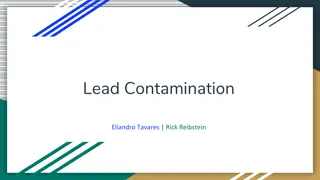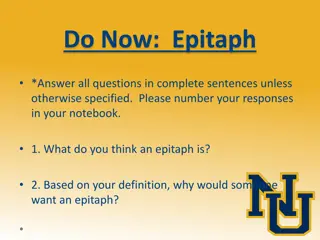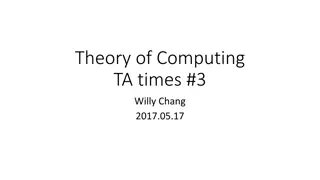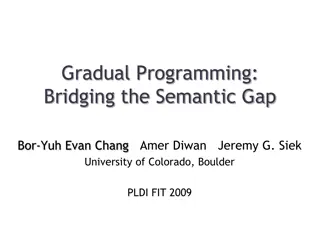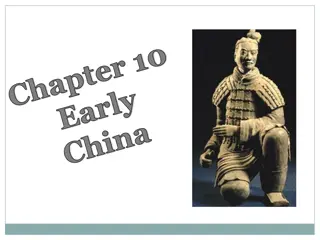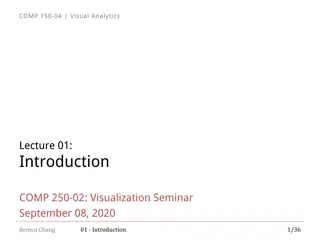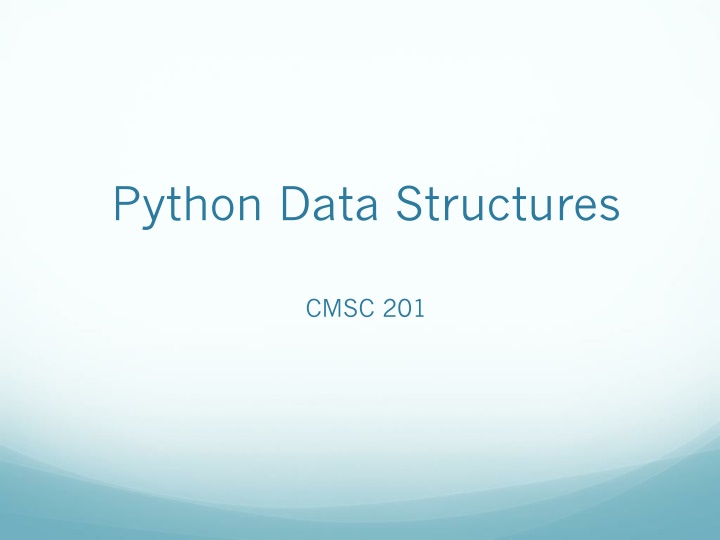
Exploring Python Data Structures and Built-in Types
Discover the essentials of Python data structures and built-in types like Tuples, Sets, and Dictionaries. Learn how to create and manipulate these structures, and understand the importance of immutability in programming. Dive into the world of tuples, sets, and more in this informative guide.
Download Presentation

Please find below an Image/Link to download the presentation.
The content on the website is provided AS IS for your information and personal use only. It may not be sold, licensed, or shared on other websites without obtaining consent from the author. If you encounter any issues during the download, it is possible that the publisher has removed the file from their server.
You are allowed to download the files provided on this website for personal or commercial use, subject to the condition that they are used lawfully. All files are the property of their respective owners.
The content on the website is provided AS IS for your information and personal use only. It may not be sold, licensed, or shared on other websites without obtaining consent from the author.
E N D
Presentation Transcript
Python Data Structures CMSC 201
Built in Types Today we will be talking about some other built in types in python! Tuples Sets Dictionaries
Terms We'll Use Here is some vocab we'll be using in today's lecture: Data structure Data structure- -A way of organizing or storing information. So far, the main data structure we've seen is the list. Ordered Ordered- -The data structure has the elements stored in an ordered sequence Mutable Mutable- -The contents of the data structure can be changed.
Tuples Tuples are ordered, immutable collections of elements. The only difference between a tuple and a list is that once a tuple has been made, it can't be changed!
Tuples Making a tuple: a = (1, 2, 3) Accessing a tuple: someVar = a[0] The syntax for access is exactly like a list. However, you can't reassign things.
Tuples So Far We've already used tuples without knowing it! def myFunc(): return 1, 2 def main(): result = myFunc() print(result) When you return multiple things and store it in a single variable, it comes back as a tuple!
Tuples So Far Why would you want a tuple? Sometimes it's important that the contents of something not be modified in the future. Instead of trying to remember that you shouldn't modify something, just put it in a tuple! A lot of programming is learning to protect you from yourself.
Sets A set is an unordered collection of elements where each element must be unique. Attempts to add duplicate elements are ignored.
Sets Creating a set: mySet = set(['a', 'b', 'c', 'd']) Or: myList = [1, 2, 3, 1, 2, 3] mySet2 = set(myList) Note that in the second example, the set would consist of the elements {1, 2, 3}
Sets Things we can do with a set: mySet = set(['a']) # Add an element: mySet.add('b') #Remove an element: mySet.remove('b') # Remove and return a random element: mySet.pop()
Sets There is also support for combining sets. Returns a new set with all the elements from both sets: mySet.union(someOtherSet) Returns a new set with elements that were in both sets: mySet.intersection(someOtherSet) Tons more methods can be found here: https://docs.python.org/3/tutorial/datastructures.html
Dictionaries Up until now our storage has been done in lists. Lists can be viewed as a structure that map indexes to values. If I make the list: myList = ['a', 'b', 'c'] I have created a mapping from 0 to 'a', 1 to 'b', and so on. If I put in 0, I'll get 'a' back.
Dictionaries Dictionaries let use whatever kind of keys we want! Instead of having 1 correspond to 'b', I can have "hello" correspond to 'b'. Before: Now I can do things like: 0 'a' 1 'b' 1 'b' 2 'c' "Hello" 'a' 3.3 'c'
Dictionaries This looks exactly like you'd expect! myDict = {} myDict["hello"] = 'a' myDict[1] = 'b' myDict[3.3] = 'c' print(myDict["hello"]) Prints: 'a'
Dictionaries Imagine you have a bunch of university students, and you're storing their grades in all their classes. Use a dictionary to look up grades by name: student = "Clark Kent" grades = ["A","B","C","D","D","C"] gradeDict = {} gradeDict[student] = grades print( gradeDict["Clark Kent"] )
Dictionaries When you look up something in a dictionary, the thing you're putting in (like the index in a list) is called a key key. What we get out is called a value maps maps keys to values. value. A dictionary myDict["hello"] = 10 ^ Key Value ^
Dictionaries Just like in a list, if you do this: myDict["hello"] = 10 myDict["hello"] = 11 print(myDict["hello"]) Prints: 11
Dictionaries If we want to get just the keys, or just the values, there's a function for that! listOfKeys = myDict.keys() listOfValues = myDict.values() listOfPairs = myDict.items()

